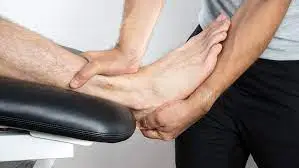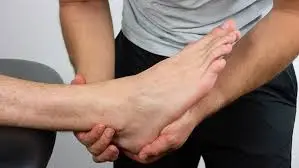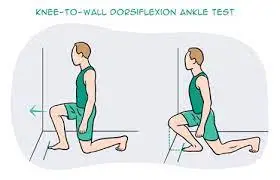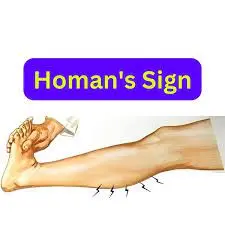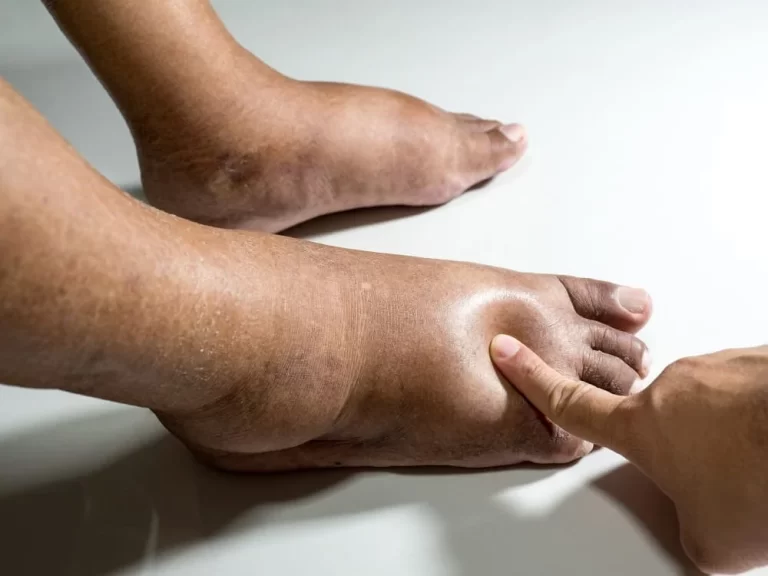Anterior Drawer Test of Ankle Joint
Introduction The Anterior Drawer Test of Ankle Joint is a physical examination test used to assess the integrity of the lateral collateral ligaments of the ankle, specifically the anterior talofibular ligament. It is one of the most common tests used to diagnose ankle sprains. Specifically, the anterior talofibular ligament (ATFL), calcaneofibular ligament (CFL), and posterior…

